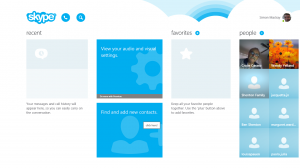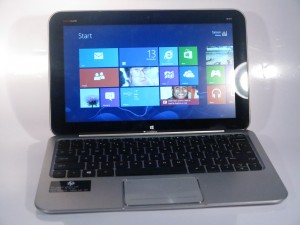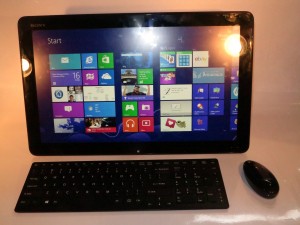Alaskan fables now celebrated as video games
Article 
Native Alaskan fables are now an endearing video game | Mashable
From the horse’s mouth
E-Line Media
Never Alone
My Comments
As the indie video-game scene gains more exposure and opportunities, there is an increasing amount of room for more folk tales and fables to be expressed in an interactive form. This has been brought about by studios who want to offer a standout title that will attract new interest rather than the “same old same old”, some I had noticed when I visited PAX 2014 where a lot of games that were “out of the ordinary” were being showcased.
 An example of this are the Alaskan fables that have been part of the Iñupiat people, one of the indigenous tribes that existed in that state. Here, as these tribes become urbanised, there is a fear that such folklore could be lost.
An example of this are the Alaskan fables that have been part of the Iñupiat people, one of the indigenous tribes that existed in that state. Here, as these tribes become urbanised, there is a fear that such folklore could be lost.
But an independent games studio had worked with the Cook Inlet Tribal Council to develop “Never Alone”which is a game that has a story centred around the tribe’s folklore. Here, the storyline is based around Nuna, a girl who is searching for the cause of a terrible blizzard that affected their village. The tribal leaders saw this as a way to convey the stories and provide a positive image to the indigenous people in Alaska.
It was also based around E-Line Media, an entertainment group founded by Alan Gershenfeld, who were trying to find out why games with serious or educational roots weren’t gaining ground. This studio had found that some newer games that had this kind of quality were successful and there was an interest ot see what themes could be explored.
There was a goal to make the game a good game and faithful to the Iñupiat culture such as representing Nuna’s animal sidekick as being a fox who was helping her solving the puzzles.
It is in the same context to the increased interest in “non-Hollywood” film and TV content, especially foreign-language content in English-speaking countries. This is exemplified especially by the Nordic thrillers like Borgen or Wallander.
They are making this available through the PlayStation 4, and the XBox One consoles along with regular computers via the Steam platform. This is a promising sign that the console platforms are becoming more “indie-friendly” and opening up paths to games made by more people for different tastes.






